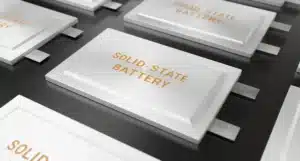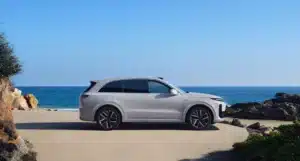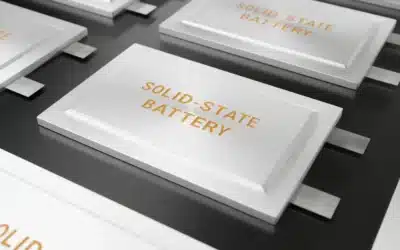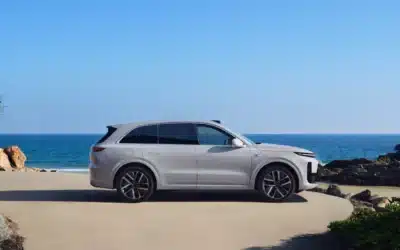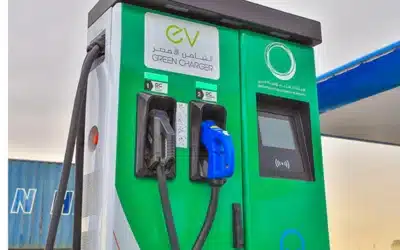
When you are driving your electric car on familiar roads, you will probably know all the charging options nearby. Slow, cheaper charging overnight or faster charging if you need a quick top-up between journeys.
But drive outside your home territory and you may start to feel the ‘electric fear’. Where will I charge? Will a charging point be available? How long will I have to wait?
The good news is that the number of charging stations in the UAE is growing rapidly. There are currently more than 620 charging stations, with plans to have 1,000 in 2025 and 10,000 by 2030.
Charging stations can be found today in malls, hotels, airports, and gas stations throughout the country.
Dubai Electricity and Water Authority (DEWA) is one of the largest operators, having installed more than 300 charging stations in Dubai.
GreenParking and ChargeMap are also collaborating alongside DEWA and the UAE’s Department of Energy to install charging stations throughout the UAE.
The Al Futtaim Automotive Group, which represents a number of car brands in the UAE, has also announced plans to install over one hundred electric vehicle charging stations throughout the country by the end of 2023. These will be located in Al Futtaim’s showrooms, service centers, and other locations.
What charging options are there?
There are several varieties of EV charging stations in the UAE and the key to understanding how fast they will charge your car is the kW output.
Level 1 chargers, which use a standard household power outlet, would charge very slowly, taking anywhere up to 50 hours for a large SUV. This is mostly impractical if you want to use your car more than a couple of times a week for any distance.
Level 2 chargers produce between 2kW and 19kW. With these, expect to gain between 15 and 30 km range every hour.
Level 3 chargers include the ultra-fast chargers that can provide from 50kW to 350kW and generally provide an 80% charge in 30 to 60 minutes.
The Level 1 and 2 chargers are AC (alternating current). This type of electrical current got its name because of the way it flows: changing direction frequently, causing the current to alternate. As AC electricity can be transported over long distances efficiently, it is the global standard we all know and have direct access to.
However, an EV battery is powered by DC (direct current) and therefore the vehicle’s onboard converter has to convert AC to DC. This is less efficient – and more time-consuming – than plugging into a DC charger, which delivers the charge directly to the battery.
As fast DC chargers are much more expensive to use, the experienced EV driver will try to optimize a charging routine to get the best value for money vs time required.
So, in short, there is plenty of choice already and enough chargers to go round. Even as the number of EVs on the road increases, the proliferation of charging stations will keep pace.
Some of the best resources to help you find charging stations include Google Maps, Plugshare and ChargeMap. Between these three, you should find comprehensive information on EV charging stations in the UAE and, indeed, worldwide. After all, why stop at the border…?

